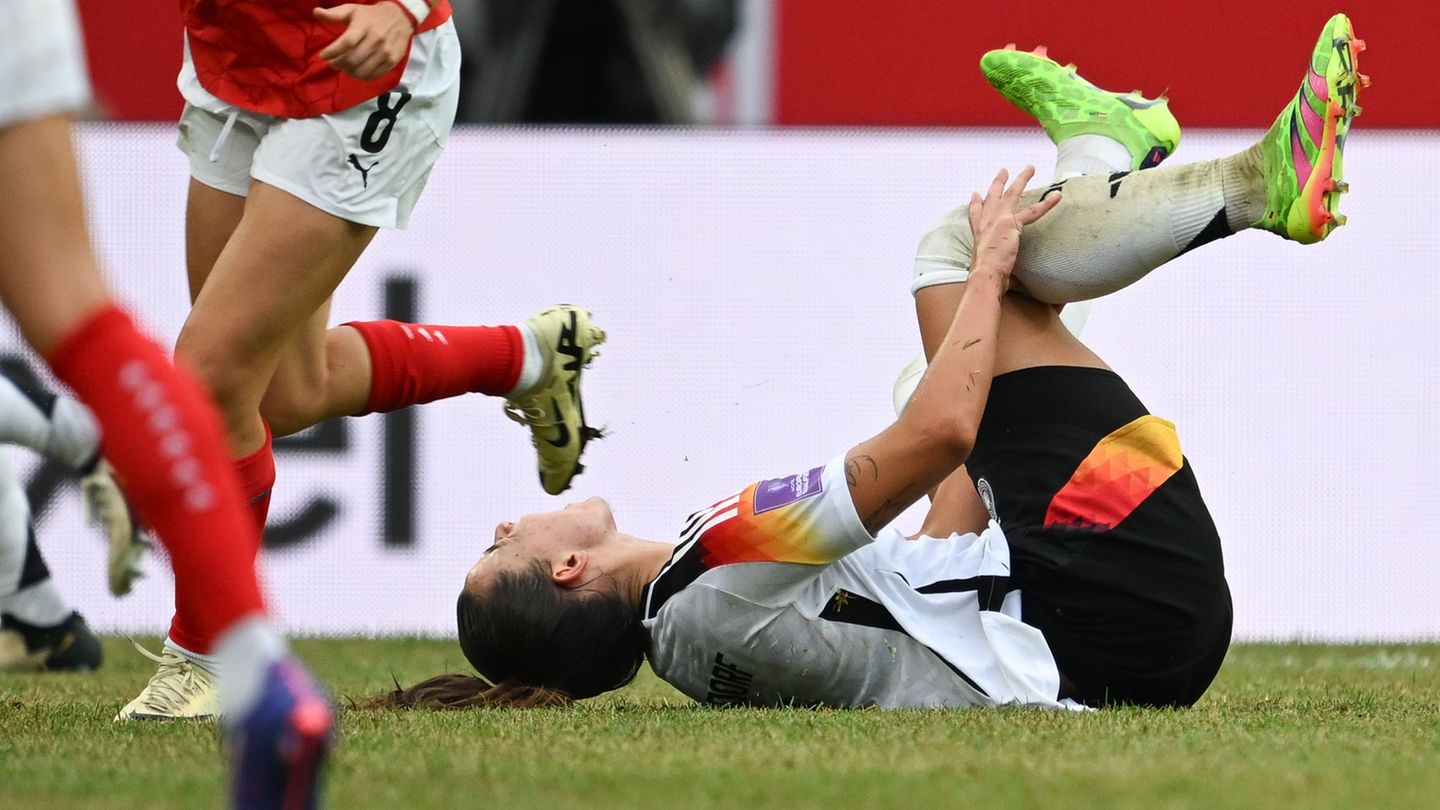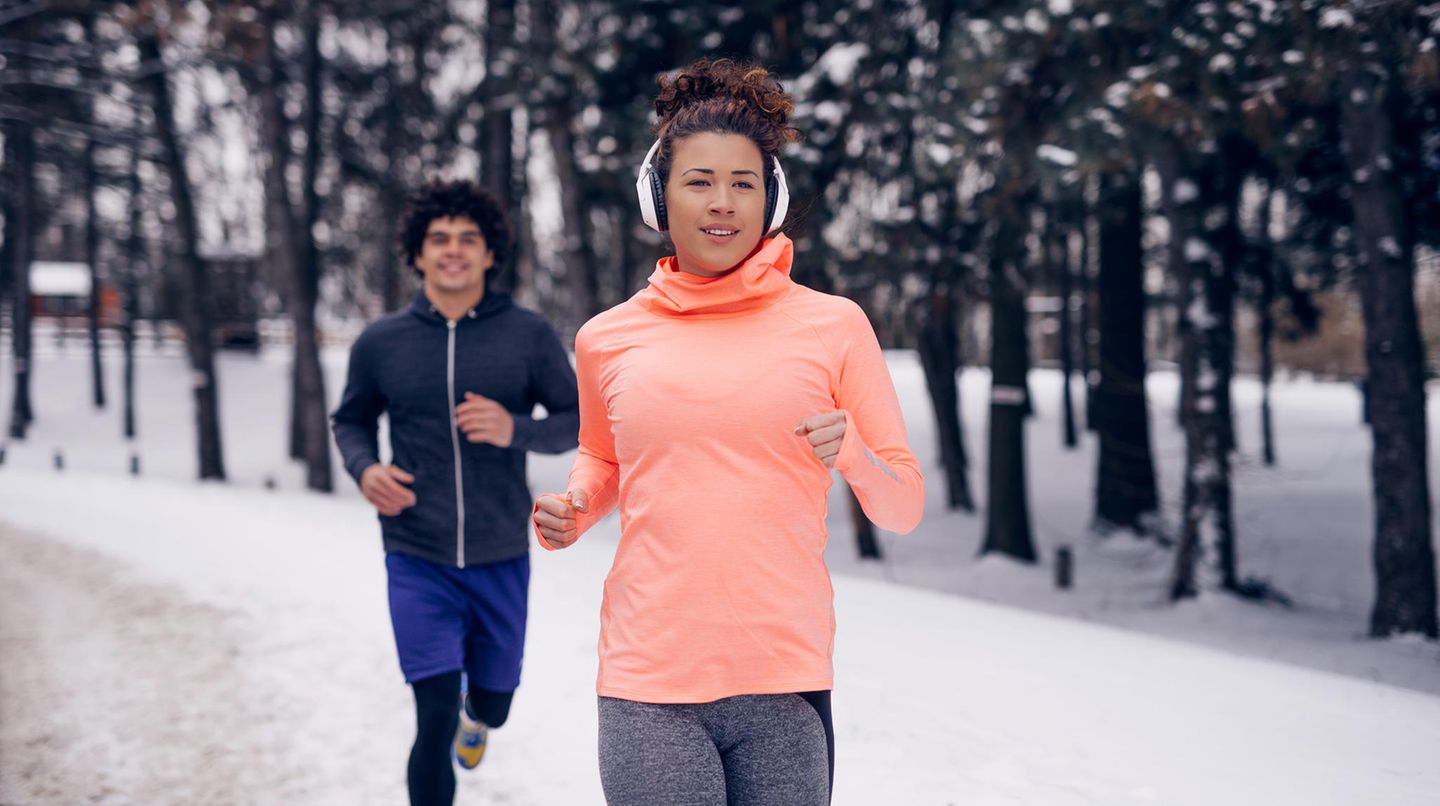I’m Caroline, a journalist and author for 24 Hours Worlds. I specialize in health-related news and stories, bringing real-world impact to readers across the globe. With my experience in journalism and writing in both print and online formats, I strive to provide reliable information that resonates with audiences from all walks of life.
Menu
Jogging in winter: This is what you need to pay attention to when it comes to shoes and running style
Categories
Most Read
Time change 2025: Why are we still turning the clock?
October 18, 2025
No Comments
Children with a cold: How many infections are normal for little ones?
October 18, 2025
No Comments
Cell Phone Regret: She grabs me and shakes me
October 17, 2025
No Comments
New column “The Feeling of the Week”. This time: cell phone regret
October 17, 2025
No Comments
Time change 2025: Expert explains in video why we are turning the clock
October 17, 2025
No Comments
Latest Posts

Not just Lena Oberdorf: The crux of the cruciate ligament among female soccer players: Fear is growing
October 21, 2025
No Comments
PierceI am Pierce Boyd, a driven and ambitious professional working in the news industry. I have been writing for 24 Hours Worlds for over five

Climate: Environmental organization warns about China’s coal chemical projects
October 21, 2025
No Comments
climate Environmental organization warns about China’s coal chemical projects Copy the current link Add to watchlist China doesn’t just use coal to generate electricity: chemicals

Jürgen Klopp as Liverpool coach? “Theoretically it is possible”
October 21, 2025
No Comments
Jurgen Klopp Liverpool coach? “Yes. Theoretically it is possible” Jürgen Klopp has actually announced his departure from the job of football coach. But for Liverpool
24 Hours Worlds is a comprehensive source of instant world current affairs, offering up-to-the-minute coverage of breaking news and events from around the globe. With a team of experienced journalists and experts on hand 24/7.

